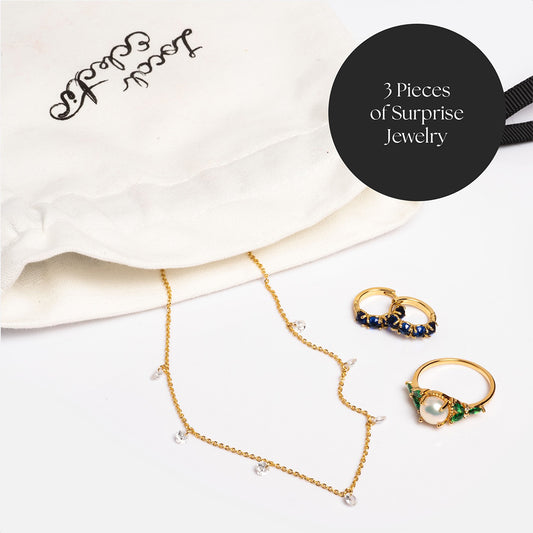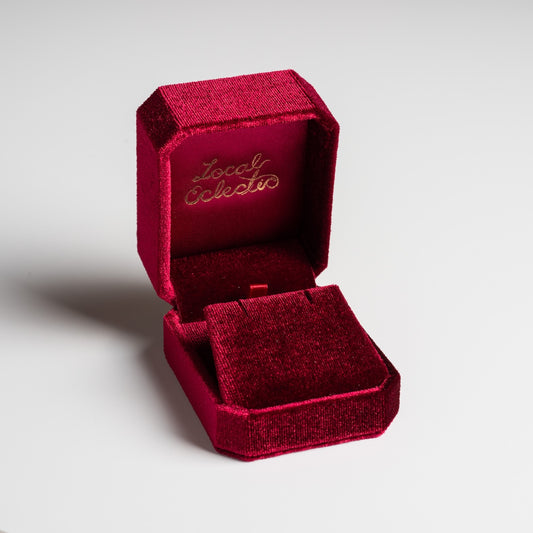If you’re big into jewelry browsing like us, you’ve probably seen all different kinds of terms to describe the stones in various pieces. There’s natural diamond, synthetic diamond, cubic zirconia, and moissanite, all names for stones that look very similar but have very different price tags. If you’ve ever wondered what the difference is between these stones, why their prices vary so much, and what the benefits are for each, then look no further. We’re breaking down all the differences between natural and synthetic stones.
Natural Stones
Natural stones are fairly self explanatory in that to be labeled a natural stone, it must have been created naturally (i.e. with no human interference). Natural stones are more expensive because of their rarity. It’s much harder and more time consuming to find a diamond or sapphire that’s been created through natural means than to create one in a lab, and there’s a finite number of natural stones existing at any given time.
Although natural stones do come from the earth, they’re often treated by human hands to become the smooth, glistening gems you see in jewelry. A natural uncut or “raw” diamond will look more like a dull rock than a gem. It’s the job of diamond cutters to polish this raw form and add facets that create the multi dimensional sparkle we associate with diamonds. Natural gems are also often heat treated to enhance their color, for example a natural ruby will be made into a richer red.
A benefit of natural gemstones is that they’re worth more and will maintain their value. Depending on how they’re treated, they can also look more “real” than synthetic stones, since they include natural inclusions and less vivid colors than some of their synthetic counterparts.
Lab Created Stones
Synthetic stones are produced by man in a lab and are also referred to as “lab grown" or "lab created." Although they don’t occur naturally, synthetic stones have identical properties to their natural counterparts and are made by creating the exact same environment in which gems grow naturally. There’s no difference in physical composition between natural and synthetic stones.
One benefit of lab created stones is that they’re more sustainable. Since they’re grown in a lab setting, natural environments aren’t disturbed, and they require less natural resources to produce. Another benefit is the price tag. A lab created stone will cost less than a natural stone because it’s less rare. Lab created stones also have less natural impurities, and tend to look more “perfect” since they don’t have as many natural inclusions because of the controlled environment they’re produced in.
Simulated Stones
Simulated stones are stones that are created to look like natural gems but do not have the same physical or chemical properties. Whereas synthetic and natural stones have the same molecular makeup, simulated stones are completely different substances. Cubic zirconia and moissanite are two of the most popular simulated diamonds, and other options include white sapphire and white zircon.
The main benefit of simulated stones is the price. They’re even more affordable than synthetic stones which makes them a favorite for fashion jewelry. Simulated diamonds like moissanite have been gaining popularity in engagement ring styles as well, offering a similar look to diamonds at a much more attainable price point.
So which kind of stone is best? It’s all personal preference! It depends on your budget, your preference between more natural vs vivid colors, how much value you place on “perfection” in a gem, and a bunch of other factors. Whichever stone fits your style best is the perfect stone for you.





